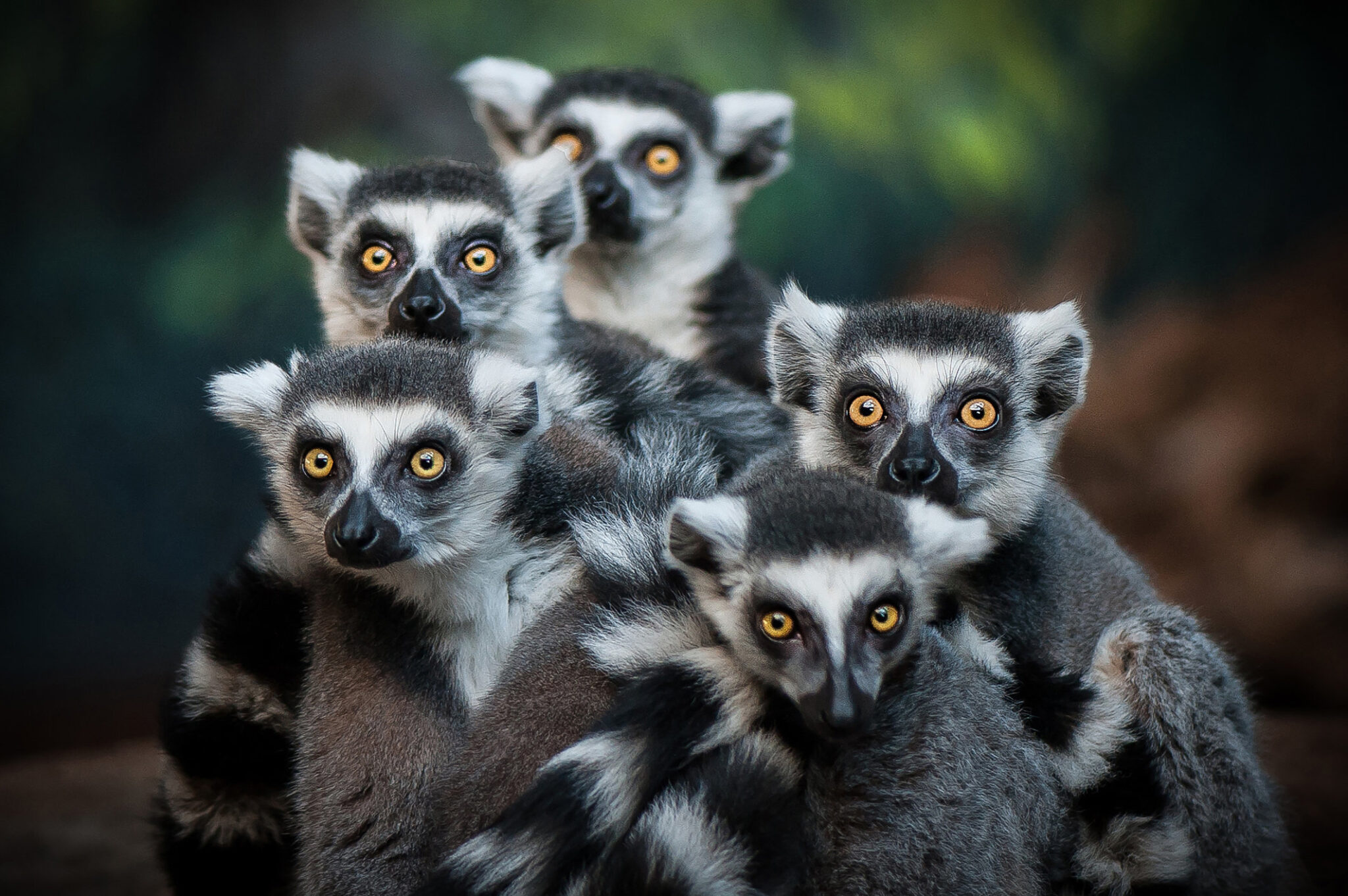

Ninety-five percent of Earth’s lemur population is threatened, experts warned this week, underscoring their unfortunate position as the world’s most
endangered primates.
Of the planet’s 111 known lemur species and subspecies, 105 can be provisionally evaluated as critically endangered, endangered or vulnerable, a group of primate specialists convened by the
International Union for the Conservation of Nature (IUCN) determined.
“This is, without a doubt, the highest percentage of threat for any large group of mammals and for any large group of vertebrates,”
Global Wildlife Conservation‘s chief conservation officer Russ Mittermeier, said in a press release.
Mittermeier also chaired the primate specialist group that assessed the lemur’s conservation status for an update of the IUCN’s Red List of Threatened Species.
The primates, which are unique to the island of Madagascar, are threatened due to habitat loss from agriculture, illegal logging, charcoal production and mining, according to the IUCN. What’s more, this ongoing destruction impacts the nation’s striking biodiversity as a whole, Mittermeier pointed out.
“This assessment not only highlights the very high extinction risk Madagascar’s unique lemurs face, but it is indicative of the grave threats to Madagascar biodiversity as a whole,” he said. “Madagascar’s unique and wonderful species are its greatest asset, its most distinctive brand and the basis for a major ecotourism industry.”
The experts provisionally classified 38 lemur species as critically endangered, 44 endangered and 23 vulnerable on the IUCN Red List. This represents an increase of 12 threatened species from the IUCN’s last lemur population assessment in July 2012. The largest jump was seen in the critically endangered category, which rose from 24 species to 38.
Lemur species up-listed from endangered to critically endangered include the indri, the largest of the living lemurs, as well as Madame Berthe’s mouse lemur, the world’s smallest primate.
Other critically endangered species include the Blue-eyed Black Lemur, as seen in this
tweet. It’s one of the few primate species other than humans that has blue eyes.
Sounding The Alarm: Madagascar’s Weird And Wonderful Lemurs On The Brink https://t.co/lN8vtic8UH pic.twitter.com/XLno3oNeFX
— Re:wild (@rewild) August 2, 2018
Besides habitat loss, hunting the animals for food and capturing them as pets has emerged as a new threat.
“This is very alarming, and we have noticed a particularly worrying increase in the level of hunting of lemurs taking place, including larger-scale commercial hunting, which is unlike anything we have seen before in Madagascar,” said Bristol Zoological Society Conservation Director Christoph Schwitzer, who helped organize the assessment, in the press release.
Schwitzer continued, “We are investing a lot of time and resources into addressing these issues and will be implementing our Lemur Action Plan over the coming years, which we are confident will make a significant difference to the current situation.”

 233k
233k  41k
41k  Subscribe
Subscribe 